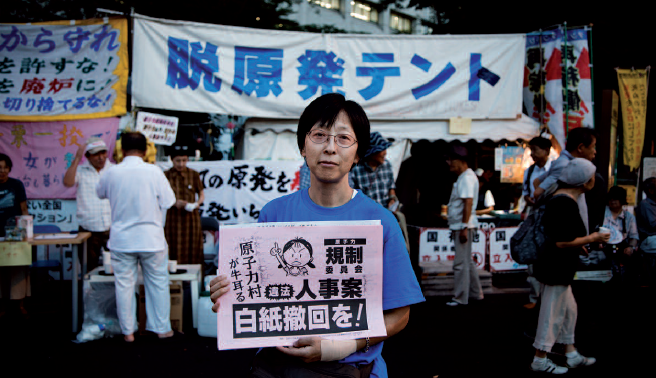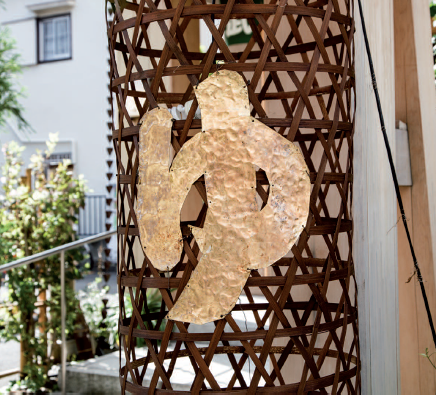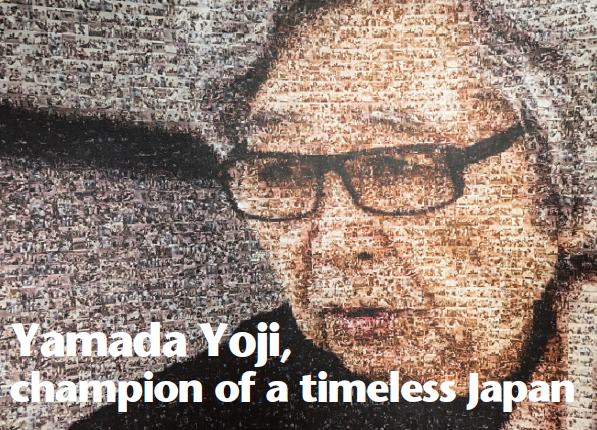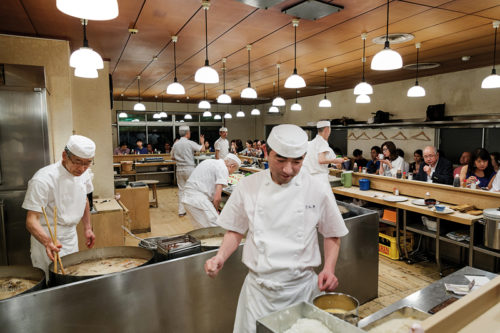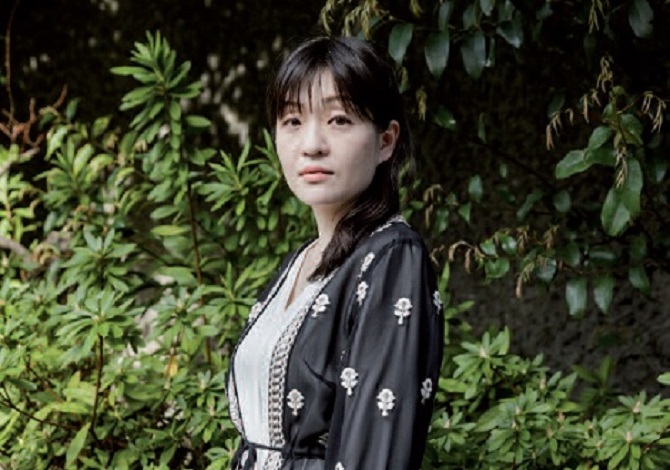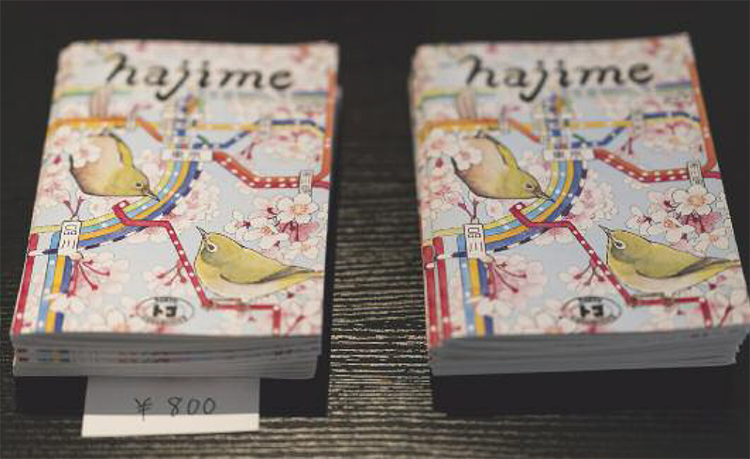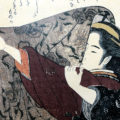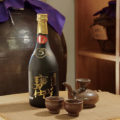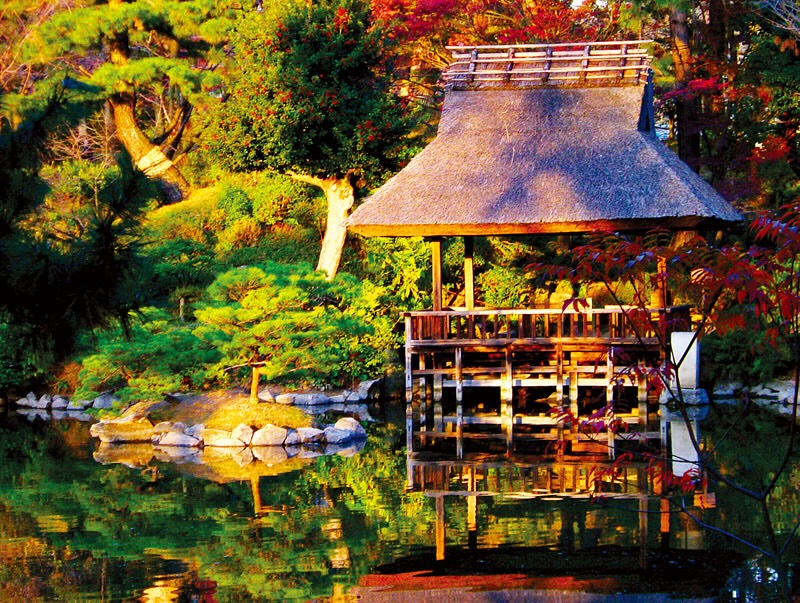
Zen is still a well-established practice in Japan today, which is found in all aspects of everyday life.
Next time you’re in a Shinkansen station, as the train glides noiselessly to a halt beside you, keep your eyes on the conductor in the last carriage. During the brief stop, you’ll see him perform a series of tasks, commenting aloud on each one and pointing at various bits of the train as he does so.
What’s he up to? You could say he’s practising mindfulness, although the Japanese call it shisa kanko (literally ‘checking and calling’). It’s an error-prevention drill that railway employees here have been using for over 100 years. Conductors point at the things they need to check and then name them out loud as they check them, a dialogue with themselves to ensure nothing gets overlooked. A study by Japan’s Railway Technical Research Institute found that workers make up to 85% fewer errors when using shisa kanko.
This heightened form of mindfulness is derived from centuries-old Zen meditation techniques. “Mindfulness has been part of the Buddhist tradition for centuries”, says Takafumi Kawakami, deputy head priest at Kyoto’s Shunko-in temple. The goal, then as now, is to be fully focussed on what you’re doing in the present moment.
Shisa kanko is just one illustration of how Zen permeates Japanese society today at myriad levels – in work, art, design, manners, aesthetics and daily life. As Ornella Civardi and Gavin Blair say in their book Japan In 100 Words (Tuttle), Zen is the “one force that has shaped Japanese culture above all others… The discipline has never ceased to exert its subliminal influence on numerous aspects of Japanese culture”.
Indeed, despite the huge transformation that Japanese society has undergone in terms of technological advances, material well-being and general Westernization, the traditional Zen arts are still highly popular within Japan, while interest in Zen continues to grow worldwide.
Nowhere is Zen’s ongoing influence more evident than in the tea ceremony. Developed between the mid-15th century and start of the 16th century, it still plays an important role in Japanese society. Many schools teach tea ceremony as an after-school club activity, particularly girls’ schools. Nevertheless, women were not allowed to take part in tea ceremonies until 1868. “For modern Japanese today, a degree of training in the intricacies of ceremonial tea is considered good discipline for polishing one’s character”, writes Liza Dalby in her introduction to Okakura Kazuko’s classic book The Book Of Tea (Tuttle).
Tea ceremony was hugely popular among samurai. The view over a serene garden, the uncluttered decor – just a seasonal flower arrangement, perhaps a calligraphy scroll, while seated on the floor of smooth tatami mats – the tea hut was the original chill-out zone. This tranquil atmosphere must have been a tremendous solace for battle-weary warriors. According to Japanologist Herbert Plutschow, the Zen concepts of harmony and respect (inherent in the tea ceremony) even helped bring rivals together: ”without tea, the destruction of the Warring States period (1467-1603) might have been much worse”.
In Hiroshima, Ueda Soko (1563-1650), a samurai who became tea master and landscape gardener, invented a new tea ceremony style known as Warrior Tea (buke sado). Today, Ueda Sokei, 16th generation grandmaster of the Ueda Soko Ryu School of Tea Ceremony, founded by Ueda Soko, continues this tradition. The school offers lessons on the tea ceremony in the UK, USA, France, Germany, Australia, Brazil and elsewhere. Explaining why it was so popular among samurai, Sokei cites the calmness of mind, the stimulation of the five senses and feeling you’re entering a different world where your mind and body are purified. “These sensations are the same for people today as they were for warriors in times of war”, he says.
The Zen concept of humility is also essential to the spirit of the tea ceremony. Traditional tea huts used to have a very low door, forcing everyone to bow low before entering, thus eliminating social differences and making everyone equal.
And let’s not forget that omotenashi – the unique Japanese sense of hospitality that never fails to impress visitors, has its roots in the elaborate rituals of the tea ceremony. So, Zen has pervaded social customs, and indeed the whole Japanese way of being.
“The whole ideal of Teaism is a result of this Zen conception of greatness in the smallest incidents of life”, writes Okakura Kazuko in The Book Of Tea. Participants take time to notice the design of the cup before drinking, and appreciate the decoration of the tea room. But beyond that, the ceremony celebrates the fact that this meeting with this person in this moment is unique and will never happen again, so it should be savoured to the full. It’s the concept of ichigo ichie. It literally means one lifetime, one meeting, or a once in a lifetime meeting. Zen advocates cultivating this present-moment awareness in all aspects of your life, not just in a tea ceremony.
The tea ceremony also reflects the Japanese love of the seasons. The decor, the kimono of the host, the wagashi confectionery are all inspired by the in-season flower or foliage. Hiroshima’s Shukkeien Garden, designed by the aforementioned samurai and tea master Ueda Soko, holds monthly tea ceremonies to celebrate cherry blossom, iris, maples, etc., and, in September, the full moon. Tsukimi, or moon-viewing parties, are held nationwide to contemplate September’s full moon, in parks and gardens or at home. This custom is another example of savouring the present moment. But it also enshrines another key Zen concept: the beauty of transience – tsukimi is just one night a year. “Transience forms the Japanese sense of beauty”, says Zen priest and leading garden designer Shunmyo Masuno.
But tea ceremony is far from the only area where Zen continues to influence Japanese society. Haiku poetry, which dates back to the 17th Century, has elevated the celebration of the present moment to a world-renowned art form. Haiku began to appear in English in the early 20th century and are now written in many languages worldwide. Haiku poets attempt to capture the moment’s essence in just 17 syllables, using evocative images (usually from nature) to conjure a Zen-like sense of sudden enlightenment.
Ikebana is another Zen-related art that continues to enjoy enormous popularity in Japan and abroad. Japan’s large department stores hold regular ikebana exhibitions in spring and autumn. People flock in their thousands to see these displays. As with the decoration of the tea ceremony room, the goal of ikebana goes way beyond mere prettiness. The aim, according to Civardi and Blair, is nothing less than suggesting “the entire universe within an enclosed room, to create a bond between inside and outside, to make the viewer feel part of the vast harmony of the cosmos”.
This oneness of all things is a basic Zen tenet. In Zen, people are not seen as separate individual entities, but eddies in the same infinite river. Many ink drawings on scrolls depict towering mountains that dwarf solitary individuals, often in a humble hut or treading some narrow solitary path. They suggest that we’re all part of the same universe.
As with all Zen arts, the goal is spiritual.
In the film 7 Years In Tibet, Lhakpa Tsamchoe’s character Pema Lhaki says to Brad Pitt (playing Austrian mountaineer Heinrich Harrer): “This is another great difference between our civilization and yours. You admire the man who pushes his way to the top in any walk of life, while we admire the man who abandons his ego.”
As Okakura wrote in his Book Of Tea back in 1906, “the world is groping in the shadow of egotism and vulgarity”. Amid the materialistic chaos of the modern world, it’s hardly surprising that the many manifestations of Zen strike a harmonious chord with people around the globe: meditation, Zen gardens, flower-arranging, the tea ceremony, haiku, calligraphy and so on.
For its practitioners, Zen is an attitude that permeates every action of daily life: bathing, cooking, cleaning, working. Every activity is a practice of Zen.
This point is illustrated by a delightful old Zen story, collected in Paul Reps’ 1957 anthology of Zen texts, Zen Flesh, Zen Bones. After studying to be a Zen teacher for many years, Teno went to visit Nan-in, an old Zen master. It was raining heavily and, as is customary, Teno left his clogs and umbrella in the entrance before entering Nan-in’s house.
After greeting each other, Nan-in asked Teno: “Did you leave your umbrella to the left or right of your clogs?” Unable to answer, Teno realised he was still a long way from attaining Zen, and went away to study for six more years.
Nan-in’s question remains relevant today, as researchers discover that present-moment awareness not only boosts stress resilience and well-being, but also lowers levels of anxiety and depression. Stanford University’s Leah Weiss is one of a growing number of experts who advocate ‘mindfulness in action’, something to be practised throughout the day, rather than just for 10 minutes’ meditation. Nan-in would have been happy.
As Andrew Juniper wrote in his foreword to Okakura’s Book Of Tea: “The message of Okakura, of Zen and the tea ceremony, is a message of humility and finding joy in simplicity that remains as important today as when the book was written.”
Steve John Powell & Angeles Marin Cabello
To learn more on the subject, check out our other articles :
N°136 [FOCUS] The essential spirit of Zen
N°136 [EXPERIENCE] Letting go for real
N°136 [TRADITION] At the heart of stone gardens
N°136 [TRAVEL] Hirosaki, the jewel of Aomori
Follow us !


